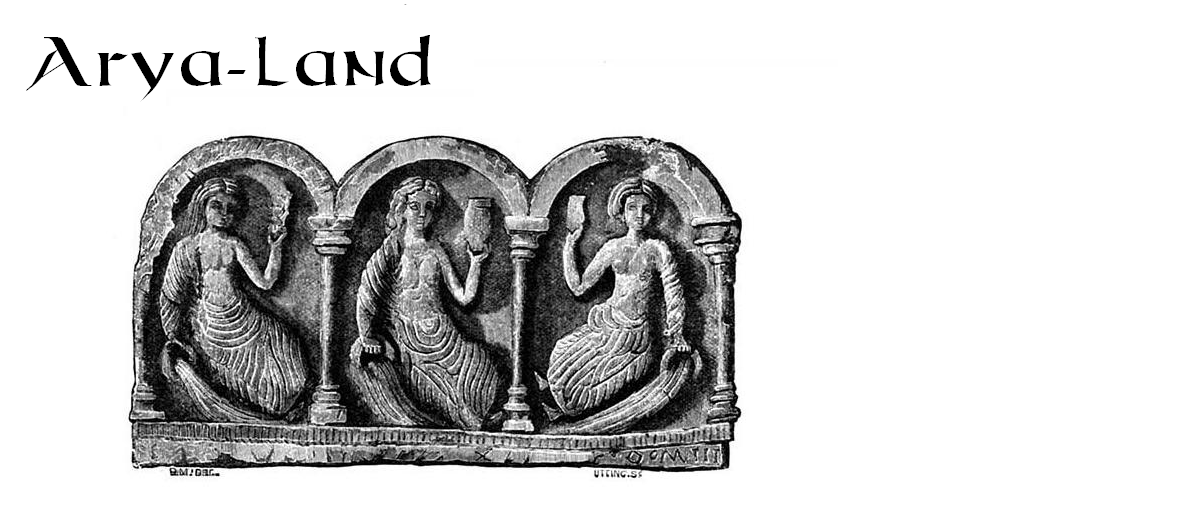I first heard about the pyramid in Scotland whilst digging around for some off-the-beaten-track style places to hit up on my next trip North. This large monument is actually one of eleven Scottish cairns (man-made pile of stones) commemorating members of the British royal family. Prince Albert’s cairn (the largest) was built after his death in 1861 and now stands proudly on a hilltop overlooking the seemingly endless forest below.
Friday 24 July 2020
Sunday 5 July 2020
DNA from ancient Irish tomb reveals incest and an elite class that ruled early farmers
NG10’s DNA also reveals his unusual parentage. In a paper published today in Nature, Cassidy and her co-authors draw on parallels in the historical record to argue that the son of an incestuous union buried in such a prominent tomb points to a hereditary ruling class. “Matings like that are taboo pretty much universally, with very few exceptions,” she says.
Those exceptions include Egyptian pharaohs, who were considered deities who needed to marry each other. Royal siblings in Hawaii and the Incan empire were also known to marry, concentrating power in one family. “I believe we’re seeing a similar social dynamic at play among colonists of Neolithic Ireland,” Cassidy says........... Click to read more
more links
Gold Collar's, Druid's, and the Egyptian's
The gold collars, are to be believed to come from the Bronze age, to what race of people these belonged to is hard to say, because as far as I know, we don't have any written are recorded history to whom they belonged to, "More than 100 are known from western Europe, of which more than 80 have been found in Ireland."
A Late Bronze Age gold collar from Gleninsheen, Co. Clare, it dates from c. 900-700 BC
An Early Bronze Age gold lunula from Ross, Co. Westmeath, it dates from c. 2000 BC
Source 1
Source 2
These Gold Collars from Egypt share a similar design,
Tutankhamun's mummy was equipped with all these gold-sheet collars of the traditional 'Usekh' 'broad or wide' type, some of them have a counterpoise. Ancient Egyptian Jewels, Egyptian National Museum, Cairo, Egypt
This model collar of wood, gilded and engraved with representations of small beads in rows, echoing an actual example, was found on the chest of Hapiankhtifi's mummy
What's the Druids got to do with gold collars, from doing some research on the druids I found an old video, online of Queen Elizabeth II, at Mountain Ash, Wales. Princess Elizabeth becomes a bard in an ancient Welsh ceremony, but what's striking is what the Druid Priest is wearing around his neck.
A Late Bronze Age gold collar from Gleninsheen, Co. Clare, it dates from c. 900-700 BC
An Early Bronze Age gold lunula from Ross, Co. Westmeath, it dates from c. 2000 BC
The crescent-shaped lunula, with expanded horn terminals set at right angles to the plane of the crescent, is the most characteristic gold object of the Irish Early Bronze Age.
Source 1
Source 2
These Gold Collars from Egypt share a similar design,
Tutankhamun's mummy was equipped with all these gold-sheet collars of the traditional 'Usekh' 'broad or wide' type, some of them have a counterpoise. Ancient Egyptian Jewels, Egyptian National Museum, Cairo, Egypt
This model collar of wood, gilded and engraved with representations of small beads in rows, echoing an actual example, was found on the chest of Hapiankhtifi's mummy
What's the Druids got to do with gold collars, from doing some research on the druids I found an old video, online of Queen Elizabeth II, at Mountain Ash, Wales. Princess Elizabeth becomes a bard in an ancient Welsh ceremony, but what's striking is what the Druid Priest is wearing around his neck.
Subscribe to:
Posts (Atom)







